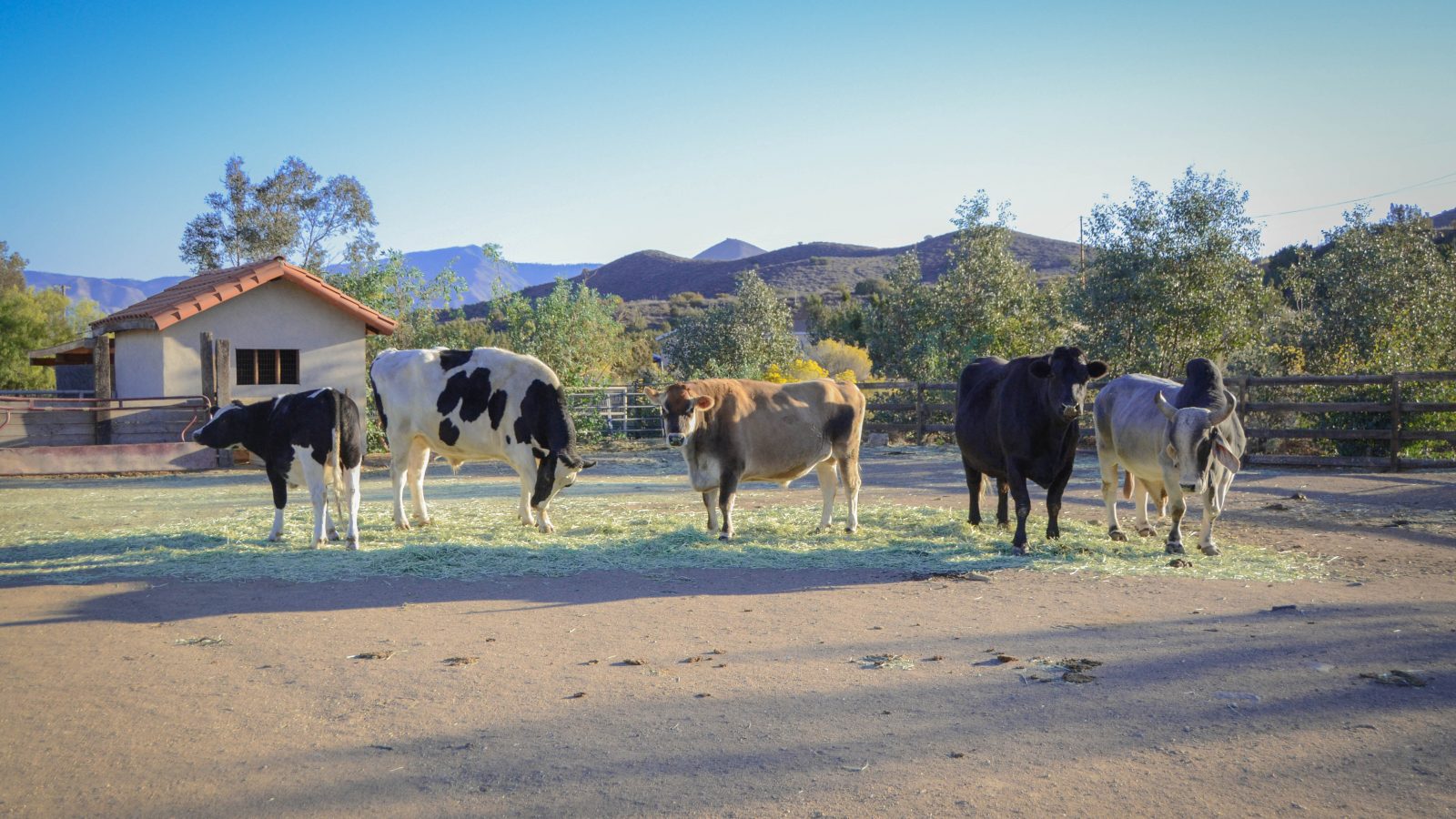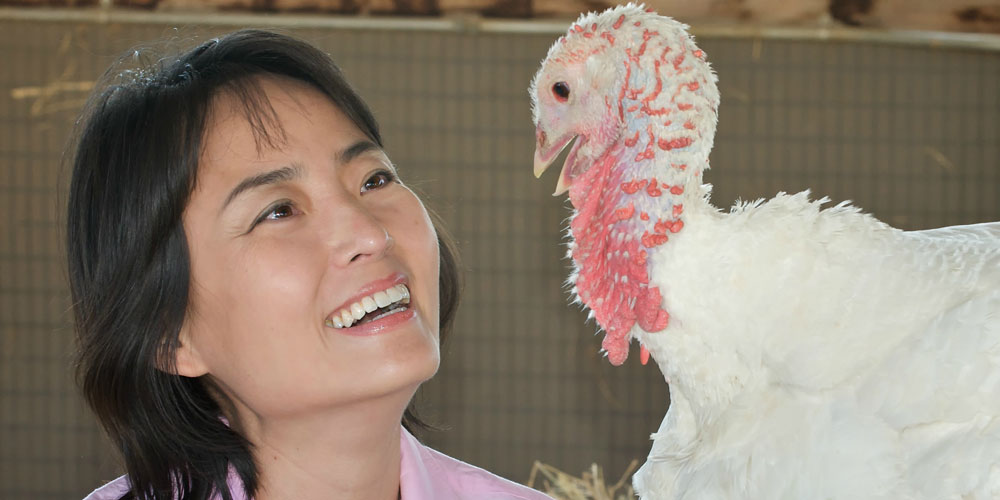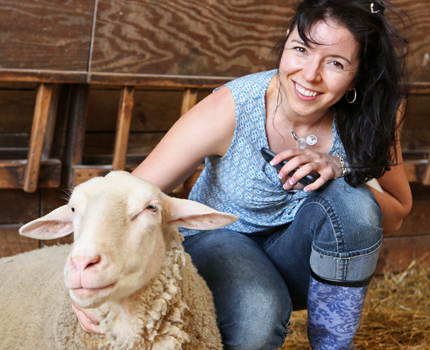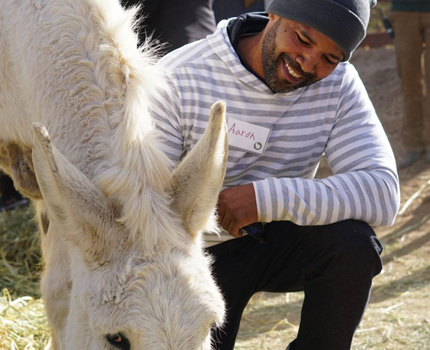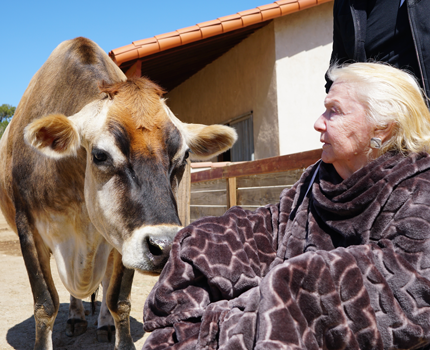Here is a tax-smart way to make an impact to Farm Sanctuary using your qualified retirement plan. The IRA charitable rollover (also called the Qualified Charitable Distribution, or QCD) is a great way to make a tax-free gift to Farm Sanctuary and satisfy your required minimum distribution.
A gift of retirement plan assets could be right for you if:
- You have an IRA or qualified retirement plan, such as a 401(k) or 403(b).
- You do not expect to use all of your retirement plan assets during your lifetime.
- You have other assets, such as securities and real estate, that you want to pass to heirs.
- You may want to provide payments to loved ones after you are gone.
- You would like to make a bequest gift to Farm Sanctuary.
Option 1: Make a tax-free gift with an IRA charitable rollover (also called a qualified charitable distribution, or QCD.)
You can make a tax-free gift from your traditional IRA. Such a gift is known as a Qualified Charitable Distribution or QCD. (Other qualified retirement plans such as 401(k)s and 403(b)s are not eligible). You must be at least 70 ½ years old to take advantage of this opportunity. Your QCD must go directly from your IRA administrator to Farm Sanctuary. The total of all of your QCD gifts for 2026 cannot exceed $111,000 per person however, your spouse with a separate IRA can also make a QCD of up to $111,000 in 2026 if they otherwise qualify.
The benefits of a QCD gift include:
- If you don’t itemize and are not yet required to take your RMD, a QCD offers all of the benefits of an itemized income tax charitable deduction.
- If you are age 73 and must take your RMD, a QCD can satisfy your RMD without increasing your income taxes.
- Your gift supports the important work of Farm Sanctuary with a tax-free gift.
Download IRA Rollover Sample Letter »
Option 2: Designate remaining retirement plan assets for Farm Sanctuary.
Another attractive option is to designate Farm Sanctuary as the recipient of some or all of what’s left in your IRA, 401(k), 403(b), or other qualified plan when they end.
In addition to having the satisfaction of making a significant gift to Farm Sanctuary, your benefits include:
- Your estate is entitled to an unlimited estate tax charitable deduction for the value of your IRA donated to Farm Sanctuary if your estate exceeds the applicable exemption.
- The QCD is an income tax smart gift. The Secure Act enacted in 2020 limits prohibits stretching out distributions from an inherited IRA over the life of heirs.
- Since Farm Sanctuary is tax-exempt, a gift to Farm Sanctuary from your IRA is not subject to income taxes.
- Preservation of non-retirement plan assets for family.
Option 3: Designate remaining retirement plan assets for a life income plan.
Alternatively, you can designate that some or all of the assets remaining when your IRA, 401(k), 403(b), or other qualified plan ends be used to fund a charitable remainder trust or gift annuity arrangement that will make payments to family members or other loved ones for the rest of their lives. When the gift arrangement ends, what is left will go to Farm Sanctuary.
In addition to having the satisfaction of making a significant gift to Farm Sanctuary, your benefits include:
- A charitable trust or annuity can provide lifetime income for life since that is no longer possible after adoption of the Secure Act. That law prohibits stretching out distributions from an inherited IRA over the life of heirs.
- The gift portion of your charitable trust or annuity provides an unlimited estate tax charitable deduction if your estate is subject to estate taxes.
- Such a plan preserves non-retirement plan assets for family.



